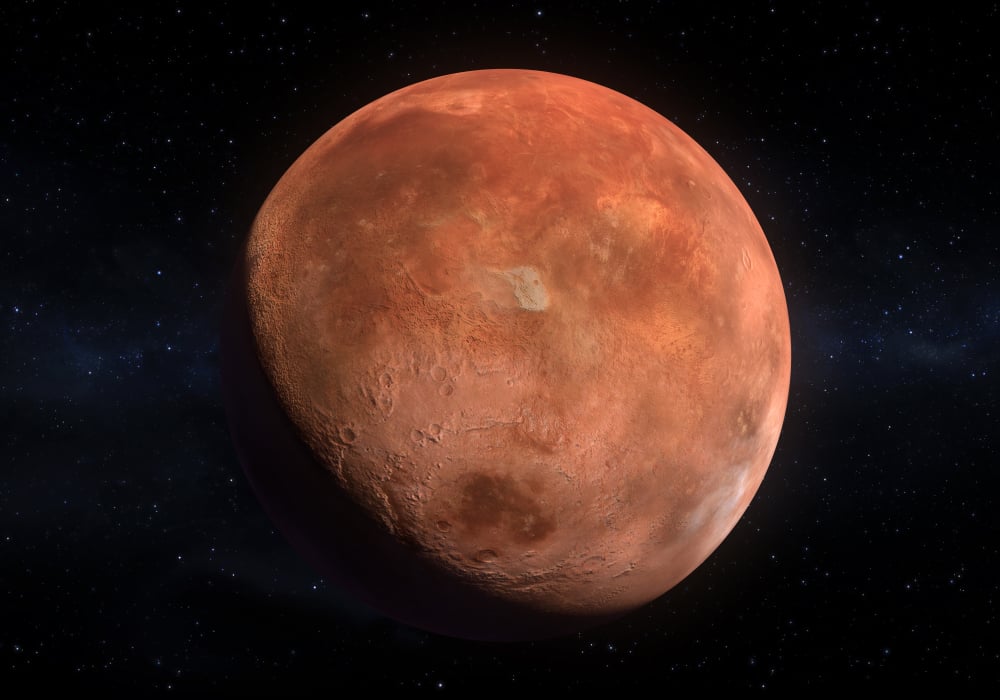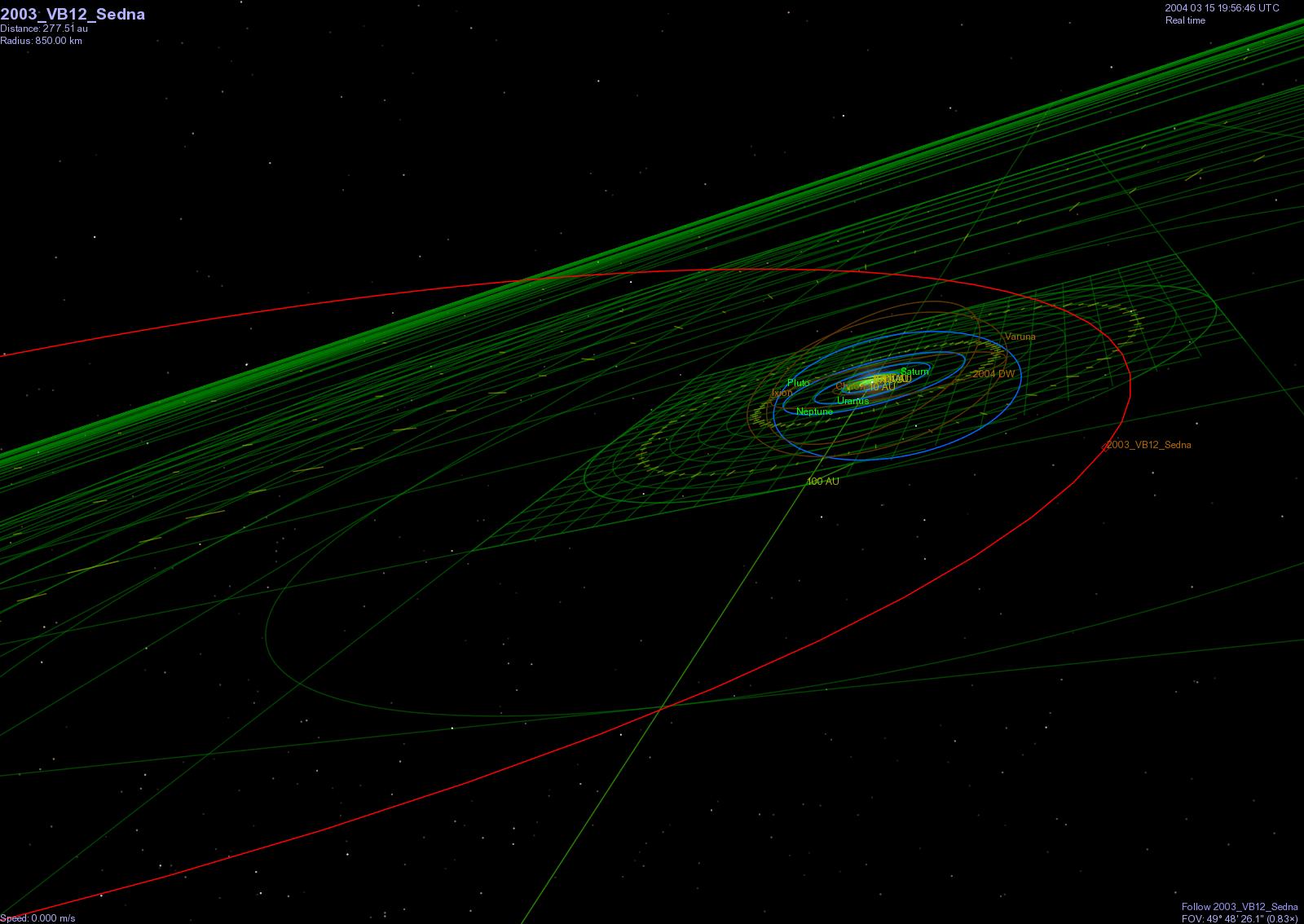Sedna is nearing its closest approach to the Sun; its 10,000 year orbit typically takes it to far greater distances. The final panel zooms out much farther, showing that even this large elliptical orbit falls inside what was previously thought to be the inner edge of the Oort cloud.
Officially known as 2003 VB12, this object is the most distant body known that orbits our Sun. It is at present over 90 AUs away, 3 times as far as Pluto.


- There are only eight known planets in our solar system, but within the Kuiper Belt it is proposed that a ninth planet exists. Astronomer Konstantin Batygin d.
- (Sedna orbits the Sun at such a great distance that Sol appears as a bright point, like a star. On March 26, 2014, astronomers announced the discovery of another dwarf planet in a highly eccentric orbit like Sedna. Designated 2012 VP113, the object comes no closer than 80 AUs to the Sun but ranges out as far as 452 AUs.
- The extremely elliptical orbit of Sedna is unlike anything previously seen by astronomers; however, it resembles that of objects predicted to lie in the hypothetical Oort cloud. The cloud is thought to explain the existence of certain comets. It is believed to surround the Sun and extend outward halfway to the star closest to the Sun.
Sedna is about 1800 km in diameter, slightly smaller than Pluto.


Perhaps the most interesting aspect of Sedna is its orbit. Though it is not yet known to high precision it is clear that Sedna’s orbit is highly elliptical with a perihelion of about 75 AU and an orbital period of about 10500 years. This puts it well beyond the Kuiper Belt and yet well inside what was thought to be the inner edge of the Oort Cloud.

Sedna’s physical composition is a bit of a mystery. You would expect it to be mostly ices but apparently that’s not the case. About all that’s known at this time is that it is very red and that water and methane ices seem to be absent on the surface.
Sedna is definitely not the “Planet X” that many astronomers anticipated before the discovery of Pluto. Planet X was supposed to be a much larger object.
Sedna is not even officially a planet at all. That classification decision is up to the IAU and they are not likely to decide to do so.
90377 Sedna Orbit
More about Sedna
Sedna Orbit Period
- Sedna (2003 VB12), by Dr. Mike Brown, one of Sedna’s discoverers.
- Most Distant Object, by the Spitzer Space Telescope team.
- press release from NASA
Sun To Sedna
Open Issues
Sedna Orbit
- Is this really the first of a whole class of “inner Oort Cloud” objects?
- How many more such objects are there? Are there any much larger?
